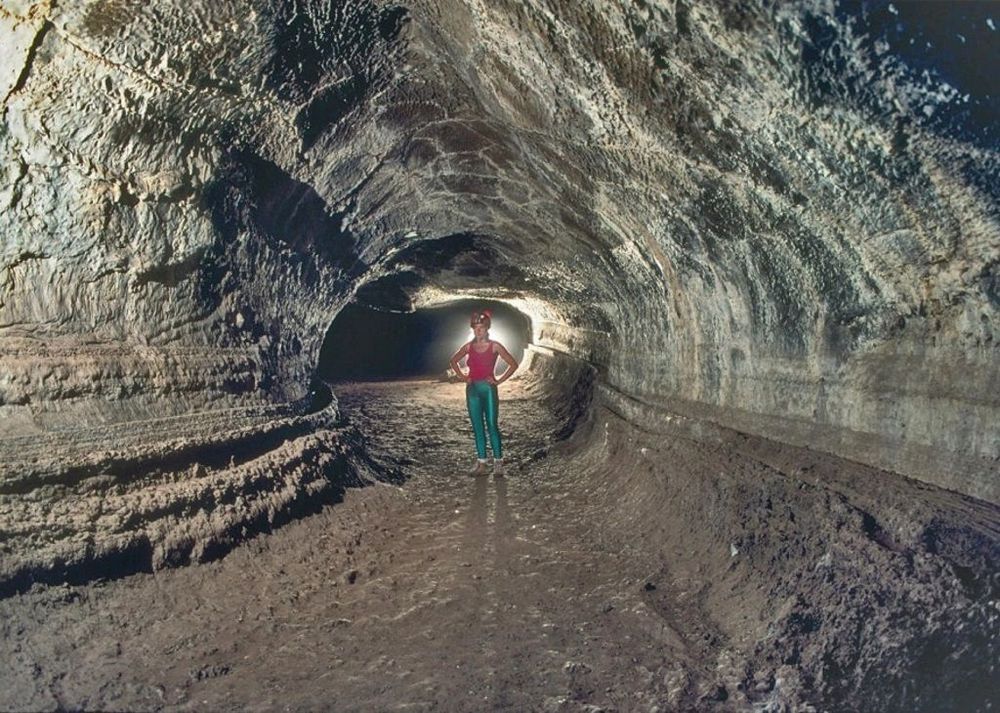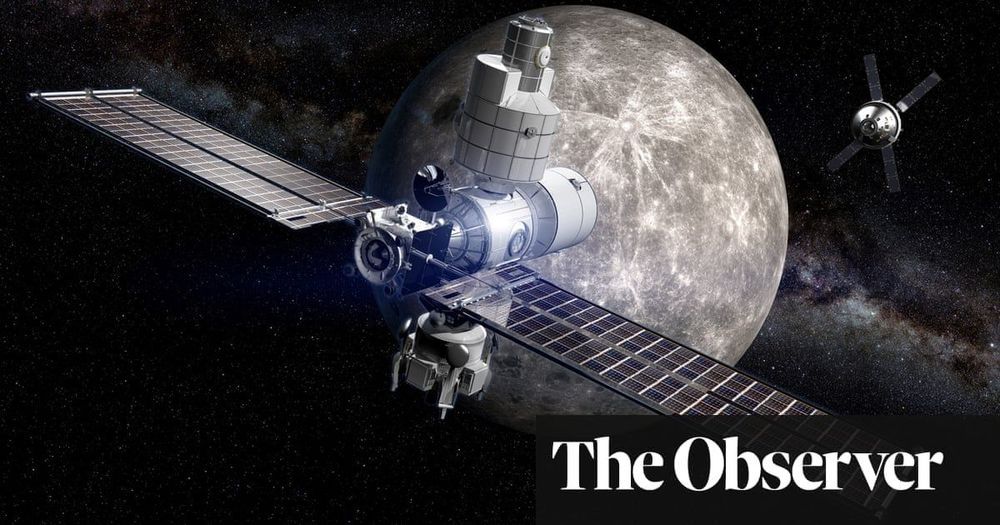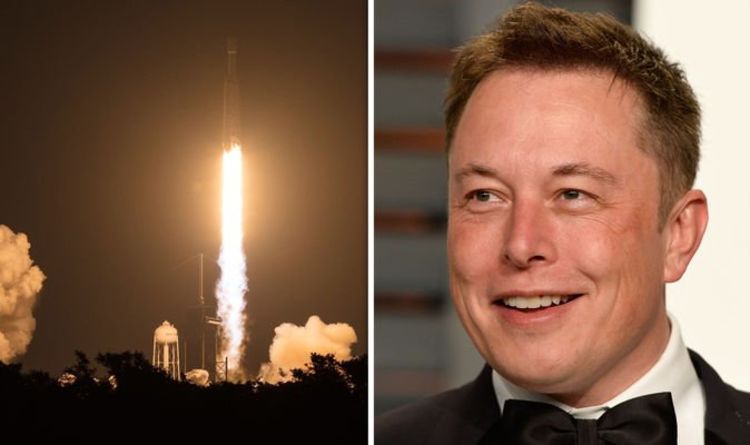From returning to the Moon to establishing outposts on Mars, NASA has the need for more power than ever before. Could nuclear fission be the solution they’ve been searching for?
Watch more Focal Point! | https://bit.ly/2J9b9LC
Demonstration Proves Nuclear Fission System Can Provide Space Exploration Power
https://www.nasa.gov/press-release/demonstration-proves-nucl…tion-power
“NASA and the Department of Energy’s National Nuclear Security Administration (NNSA) have successfully demonstrated a new nuclear reactor power system that could enable long-duration crewed missions to the Moon, Mars and destinations beyond.”
NASA to Test Fission Power for Future Mars Colony
https://www.space.com/37348-nasa-fission-power-mars-colony.html
“As NASA makes plans to one day send humans to Mars, one of the key technical gaps the agency is working to fill is how to provide enough power on the Red Planet’s surface for fuel production, habitats and other equipment. One option: small nuclear fission reactors, which work by splitting uranium atoms to generate heat, which is then converted into electric power.”
Ideas for new NASA mission can now include spacecraft powered by plutonium
https://www.theverge.com/2018/3/19/17138924/nasa-discovery-p…tonium-238
“Discovery proposals can now incorporate a type of power system known as a radioisotope thermoelectric generators, or RTGs. These generators are powered by radioactive material — a type of metal called plutonium-238.”
Sign Up For The Seeker Newsletter Here — http://bit.ly/1UO1PxI



